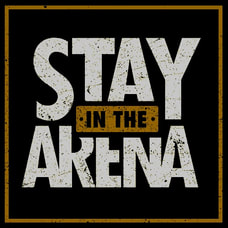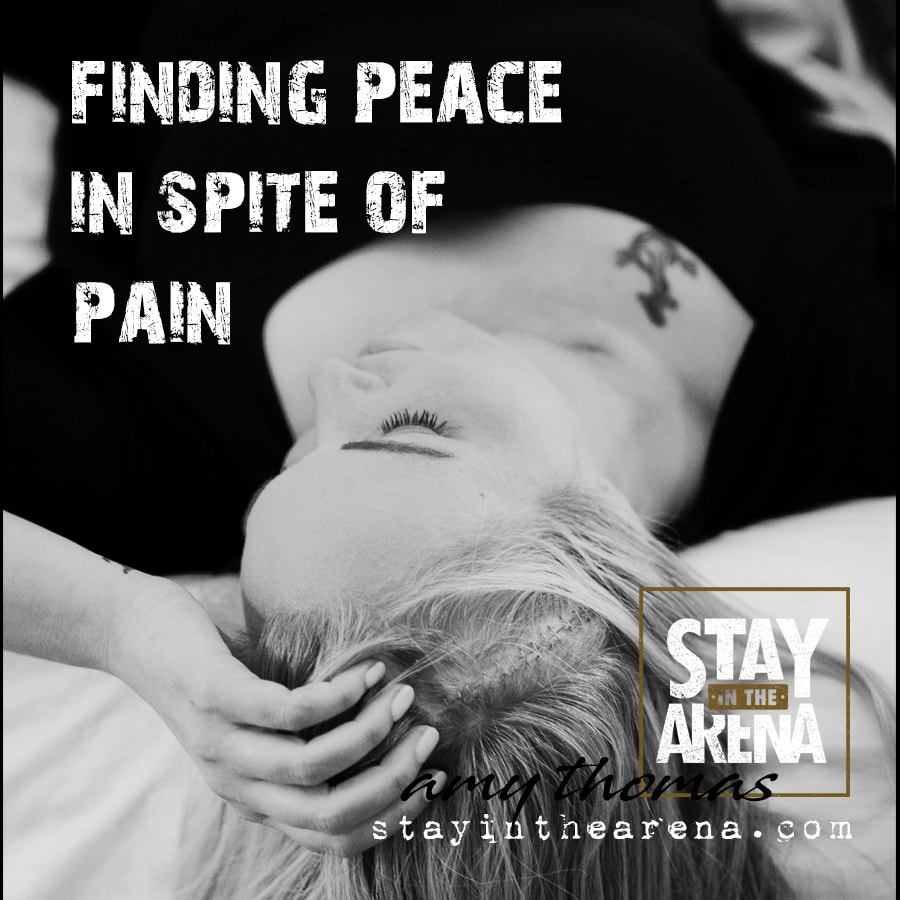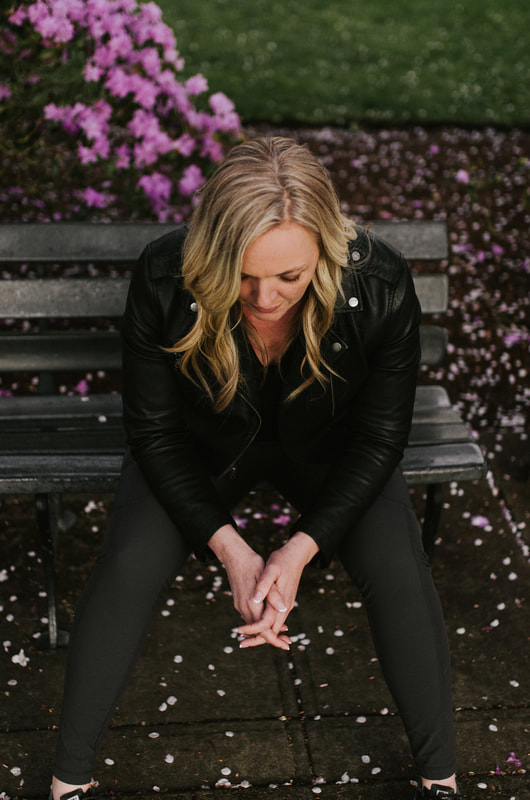|
Pain by definition is an unpleasant sensation in the body but can also be defined by mental distress. It’s uncomfortable and it interrupts the activities of daily life. Physical pain can range from just an annoyance to something horrible that lands you in the hospital for days, and mental pain is certainly an epidemic. According to a quick Google search, 10% of Americans take antidepressant medication, and 40mil adults in the US are currently diagnosed with anxiety disorders. Appropriate measures should always be taken for acute pain, and I’m so grateful for medical intervention and solutions when they are necessary. I’ve experienced my fair share of that kind of discomfort, and it can be debilitating and miserable. Obviously, I have experienced some periods of extreme pain in relation to shunt surgeries, infection, and malfunctions. But I’ve also had daily headaches for as long as I can remember. I can honestly say I don’t remember when my head didn’t hurt – to some degree. And although I’m not generally an anxious person, after repeated trauma to my brain and nervous system, I’ve gone through the physical symptoms of anxiety that include elevated heart rate and shortness of breath. You might wonder what power we have to control any of this? In the world of chronic illness, this is a huge question, and one that is constantly sought after by those of us who suffer from daily pain. As I’ve studied the brain and nervous system over the years, I have learned to understand pain is a message being sent to the nervous system – to let the brain know that something might not be right. In most cases, there is a reason for pain, and those reasons can’t be ignored. But once the issue is uncovered and addressed, I do my absolute best to look at my options from a place without the emotion that so often comes with being in physical distress. Peace seems so slippery in times when our body’s operating system is being told that there is danger or unrest. It’s pretty hard to hang onto all the things I know to be reality when my nervous system flies into a sympathetic response and I feel like I’m in complete overdrive…. Sometimes for days at a time. But peace is absolutely possible, and I’m living proof of that. I’ve been through all these things again and again and still I am grateful for the calm I know is always available and present within my soul. In the past, I have described my life with hydrocephalus like a roller coaster. The ride speeds out of control through twists and turns – relentlessly whipping me around like a rag doll at times. I’m not the only one on this roller coaster either. There are all the people in my closest circle, my friends and family, my co-workers, and all the people who watch and follow my story. It’s exhausting and painful. But here’s the deal. This roller coaster is both the physical and the emotional part of the journey, and I have a choice whether I ride the roller coaster emotionally. When I make a choice to get off and just watch with my feet planted firmly on the ground, it’s a lot easier to manage the physical part – and make clear decisions. Even when there is no way to avoid the actual sensation of pain, I’ve learned to use mental training and spiritual practice to keep myself moving through the experience – and it’s been a game changer. Austrian psychologist and Holocaust survivor Viktor Frankl famously stated: “Between stimulus and response there is a space. In that space is our power to choose our response. In our response lies our growth and our freedom.” Maybe the key in that space is to decide not to allow challenge and hurt to define me. So, what are the things I can control? I can control how I treat the people around me when I am suffering. I can define what victory looks like. I can control how much grace I give myself. I can remain grateful for excellent medical care and people who care about me. I can breathe in. Breathe out. Breathe in. Breathe out. I can show up every single day in these ways – whether I am hurting or not. Pain. It’s part of the human experience. We spend our lives trying to avoid it, endure it, and heal from it. And it’s so real. It can literally shape a person – it can become their story, dominate their thoughts and conversations, and wreck their personal relationships. In my own life over the past couple of years, I’ve been on a mission to examine the role of pain in my story. I don’t want the role of difficult circumstances to dictate the overall experience of my days. Yes, I’ve gone through some really painful times. But I do believe that I have a say in how I react to those times, and I’m always seeking ways to navigate my life with more grace and peace. So, it’s somewhat of a reconciliation in that space between stimulus and response. I will keep separating myself from the emotion and chaos that pain causes and decide what I can take control of. Then it’s just about being willing to do the work it takes to walk through the valleys and stay focused on what I know to be true and good. It’s really hard – not only for me, but for the precious few who are willing to stay in this arena alongside me and gut it out. But in the end, it’s worth it. Life is so beautiful, and well worth the battle. Be well, Amy for Don, who sees this battle from the trenches. Thank you for supporting my fight and handling the tactical approach.
7 Comments
 8/13/19 My alarm clock went off at 5am this morning for the first time in about a month. As the music started to play, I rolled over in bed and listened to the lyrics. There are times when life seems bigger than you, and the world comes crumbling down. The strength in your heart will see you through and become a jewel in your crown. Don’t chase the past, because you can’t change a thing It’s gone, there’s nothing to do. Don’t count on the future, it’s only a dream Today’s when life starts new This is the first verse of the song Keep On Walking, which is a song that was written for me by my parents and Chris Arellano in 2017 when I was going through a particularly difficult time. I have it play as my alarm on my phone every morning as a reminder that in order to get past the hard times, you have to be willing to walk through them. I love this song, but don’t get me wrong – it’s still my alarm clock! Most of the time I reach over and stop the music as soon as it starts. But then there are the days when I let the whole song play, and I listen to the words and smile. Once the music stopped, I got up and walked into the kitchen to get some coffee. On the way, I grabbed my laptop and reached into the jar I have on my desk. The jar is full of scraps of paper with writing prompts, waiting for me like little fortune cookie papers. All of the prompts are from a list that I made several months ago for my writing coach. Each statement starts with the words “I have found peace…” I didn’t look at the piece of paper I chose until I sat down with my coffee. I have found peace medically by establishing a baseline in my quality of life and creating routines that support that baseline. It seems fitting that I chose this prompt today – on the first day that I am attempting to return to my usual weekday morning routine. I used to hate mornings, but a couple of years ago I changed my daily schedule to include a couple of hours to myself early in the morning before work. The house is quiet at 5am, and I can spend some uninterrupted time praying, meditating and studying. Sometimes I read, and sometimes I write. It’s become a routine that I value so much, because it starts the day with the same clear-minded peace regardless of how I feel physically. I do my best to keep this time consistently even when I am struggling – and it’s one of the first things I try to get back when I have surgery or a period of trouble with my shunt. The statement “I have found peace medically…” is an interesting one for me right now. After the summer I’ve had, I feel like an embattled warrior that has just come back from a bloody battle. But there’s no question that I still feel peace – even medically. Keeping my routines does a lot for me mentally, but physically I have found that it’s the one thing that really soothes my nervous system trauma and allows for better rest and faster healing. Human bodies crave rhythm. Without getting into too technical of an explanation, the need for rhythm has a lot to do with the relationship between the vagus nerve system and the heart and lungs. We are created to find natural intervals in time, seasons, and movement. It’s why music is so healing, and swinging on a swing set calms us down. It’s why breathing rhythmically can stop feelings of anxiety and help the nervous system get into a parasympathetic (resting) response. Several years ago, I started studying the effect of trauma on the central nervous system (CNS). Under the care of a couple of really talented therapists, I was able to better understand the damage that has been done to my own CNS through repeated surgeries and the roller coaster of pressure and pain created by hydrocephalus. I believe that understanding this trauma and how it physically manifests in the body has allowed me to create patterns and rhythms in my life that have assisted my body in recovering from all the continuing trauma. And truthfully, this year has been the hardest for me to date – so never has it been more crucial to my wellbeing. I feel like I’m reminded every day, and sometimes those reminders come in unexpected ways. On one of my first days back to work in July, I was driving to a job site and listening to a podcast called The Pivot, with Andrew Osenga. I love listening to this podcast, because Andrew interviews people (mostly musicians) who have gone through seasons of great change in their life, and instead of falling apart, they have chosen to pivot – and go another direction. I find the episodes to be so encouraging. That particular morning, I was listening to an episode with Charlie Peacock, an accomplished record producer, musician and artist. Most of the discussion was about his career in music, but then he started talking about the point in his life when he was forced to pivot. He developed a condition called central sensitization syndrome, where essentially the CNS gets stuck in a sympathetic (fight or flight) response. Even though it’s not the same as what I have experienced, as I listened to him describe his symptoms and how it changed his life I couldn’t stop the tears from running down my face. I was so exhausted, and I hurt so bad from everything I was going through. Just days before, I had been in the hospital for almost three weeks. I was desperately seeking my new normal, and I was struggling to find that balance in light of everything I was going through physically, mentally, and emotionally. If you are going through a difficult season in your life, I want to encourage you. Maybe you are battling hydrocephalus, or maybe you are just going through a big life change in which you are needing to pivot. I encourage you to find one tiny thing every couple days that you can do daily- preferably at the same time each day. I actually write these things down as I add them to my routine. It’s hard, and it takes dedication. But as the weeks go by, you will find your rhythm again. We are all wandering through this life, finding our way as we go. I’ve learned just enough about neuroscience to know that so much of the trauma can be healed, if I am diligent and patient. During this process I rely heavily on my faith – it comforts me to know I am never alone on this path. As my body heals, so does my heart. Stay strong, my friends. Stay beautiful. Stay in the arena. Peace, Am |
AuthorMy name is Amy but friends and family call me Am. I am a lover of dogs, good whiskey, and strength training. I'm a brain surgery survivor (x31), a fiddle player, a construction designer, and a boxing enthusiast. I have six real siblings, and five fake brothers. I love deeply, and consider my close friends to be family. Archives
February 2022
Categories
All
|




 RSS Feed
RSS Feed